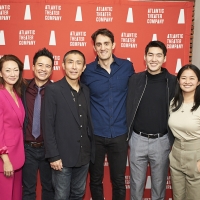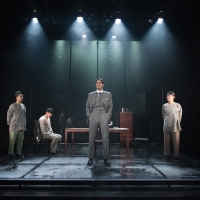The Far Country
Closing: January 01, 2023The Far Country - 2022 Off-Broadway History , Info & More
Linda Gross Theater
336 West 20th Street New York, NY 10011
An intimate epic that follows an unlikely family’s journey from rural Taishan to the wild west of California in the wake of the Chinese Exclusion Act.
FEATURED REVIEWS FOR The Far Country
The Far Country
0 / 10
In his 2018 play The Chinese Lady, Lloyd Suh introduced us to Afong Moy, reportedly the first Chinese woman to set foot in the U.S., who was displayed like a curio for paying audiences. In The Far Country, whose premiere at the Atlantic is directed by Eric Ting, he digs into a later period of Asian-American history: the aftermath of 1882’s Chinese Exclusion Act. But this is no staid history class. In just over two hours, Suh succinctly and humorously covers 21 years, two continents, two interrogations and two obscenely expensive trans-Pacific crossings from Taishan to San Francisco.
Review: ‘The Far Country’ Brings a Neglected History Closer
0 / 10
“The Far Country” ends in 1930. That ending isn’t necessarily abrupt. But it does feel somewhat arbitrary. Why not 1950? Or 1970? There is so much more history to recover. More love. More promise. More pain. Moon Gyet claims that the strenuous physical labor required of an immigrant is nothing compared with the work of being Chinese in America. This takes patience and focus, he says. A serious mind and a necessary grace. Suh possesses these qualities in full. He has more work to do, more stories to tell.
Category
The Far Country History
Other Productions of The Far Country
| 2022 | Off-Broadway |
Atlantic Theater Company Off-Broadway Production Off-Broadway |
The Far Country - 2022 Off-Broadway Awards and Nominations
| Year | Ceremony | Category | Nominee |
|---|---|---|---|
| 2023 | Drama Desk Awards | Outstanding Lighting Design of a Play | Jiyoun Chang |
| 2023 | The Lortels | Outstanding Lighting Design | Jiyoun Chang |
| 2023 | The Lortels | Outstanding Scenic Design | Clint Ramos |
| 2023 | The Pulitzer Prize | Pulitzer Prize for Drama | Lloyd Suh |
Videos




